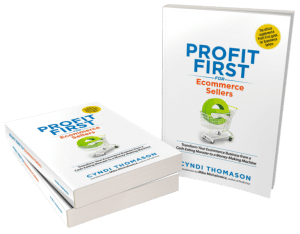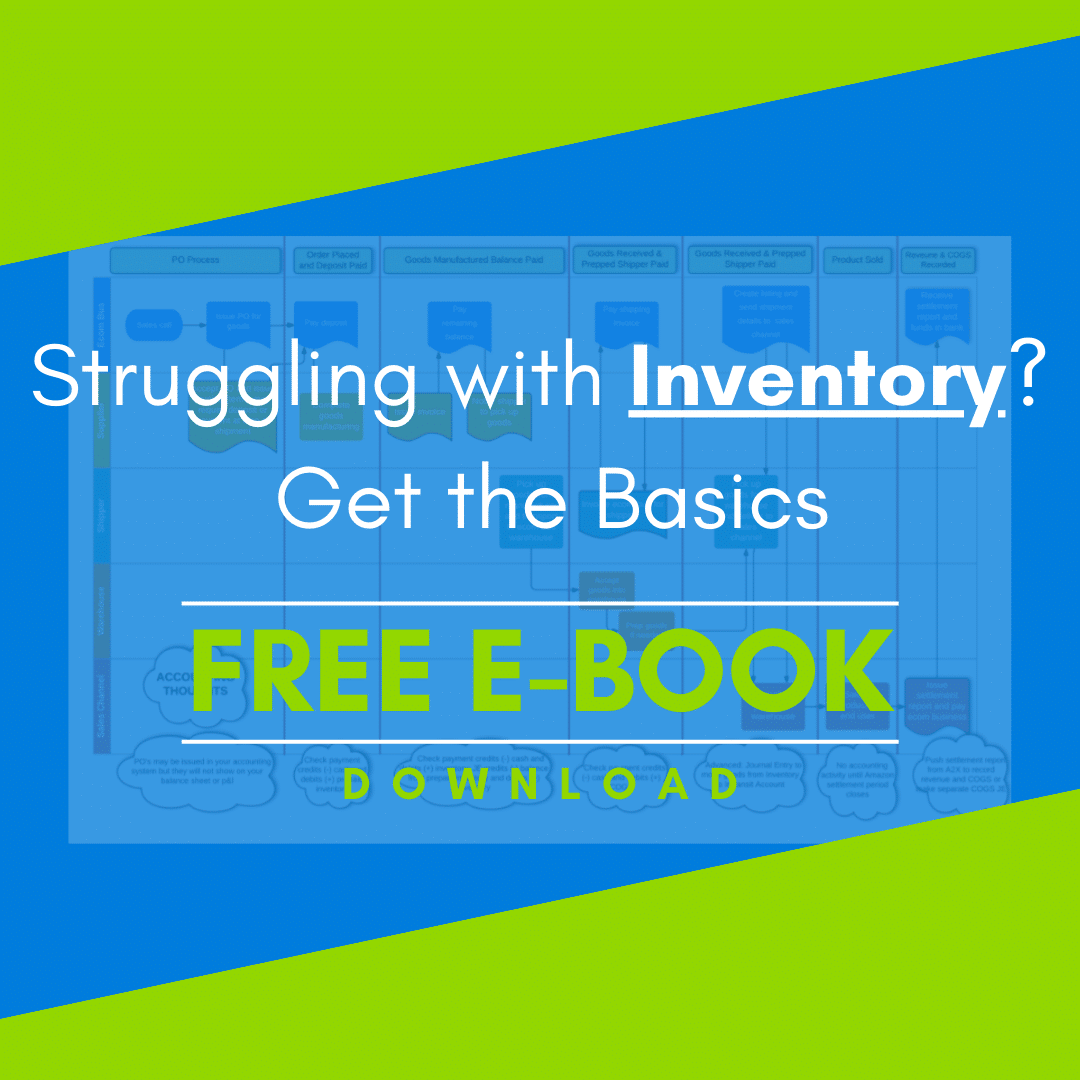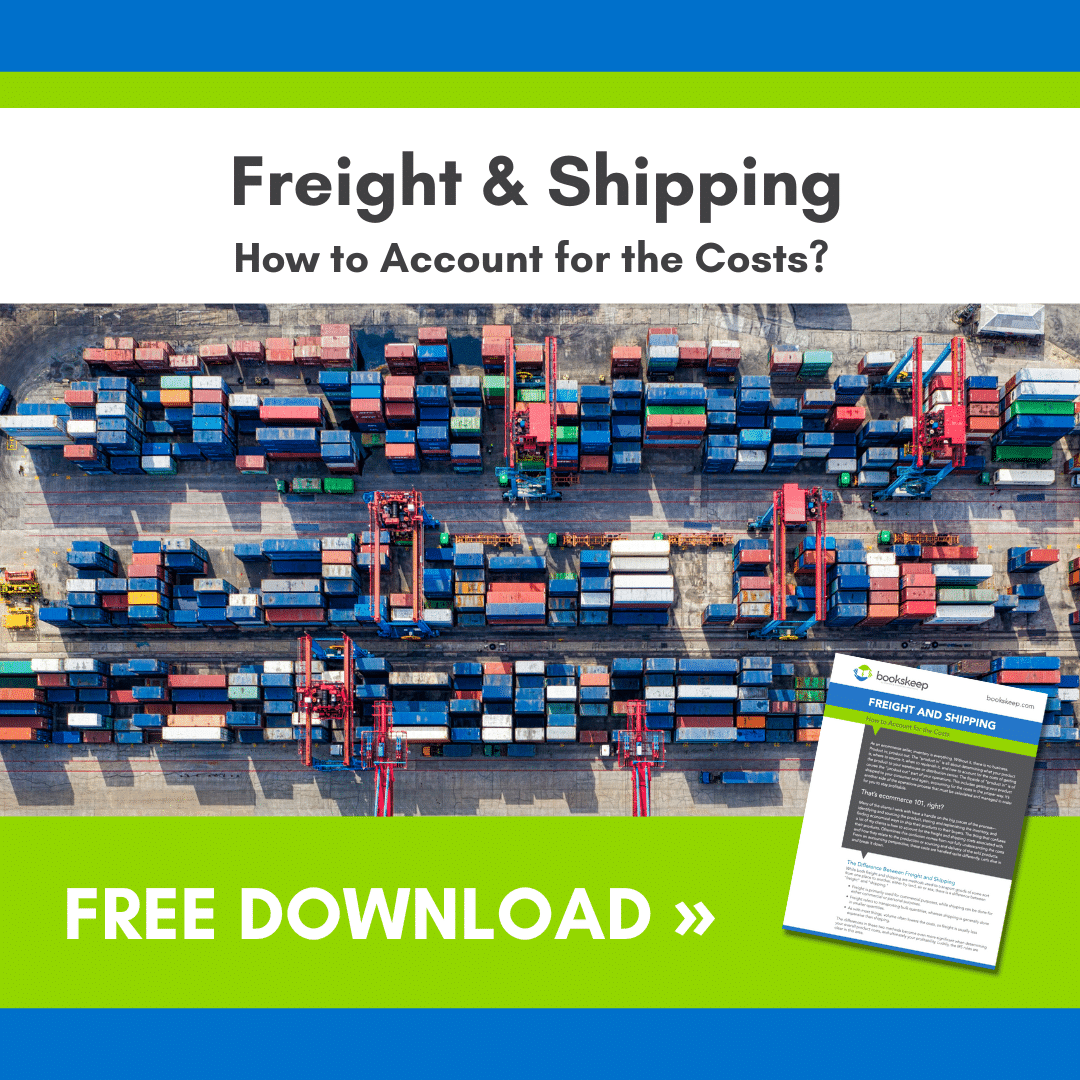
Now that summer is here and you’ve gotten through the hustle and bustle of tax season, you have more time to look back on your business habits and what needs fixing. You can dig into your business practices, the numbers, and financial accuracy. Look at anything that might help you improve.
Most often, ecommerce sellers come to us concerned that their Amazon accounting software says they are bringing in revenue, but their cash on hand says differently. There is a disconnect somewhere, and it can usually be blamed on a few reasons:
- You don’t understand your Amazon fees and other deductions being taken out of your payout before you see it.
- You don’t understand how your Amazon bookkeeping software is keeping up with your costs.
- You’re not updating your bookkeeping software with accurate product costs.
Let’s explore these.
Amazon Fees and Deductions
Amazon bookkeeping is a big part of understanding where your money is going at Amazon. You need to do more than just record your deposits as income. Going back through the settlement report, you should see an activity page that will have your payout amount at the end. All activity on this page also should be recorded when you put a deposit entry down in the books. If you use a system such as Inventory Lab, the activity will be easily accessible because the information comes directly from Amazon.
As amazon bookkeepers, we want it to show up in your financials as well. When working in your books, we use a template for a recurring deposit for both QBO and Xero that already contains the usual accounts that you see on your settlement reports. When we make the deposit entry, we add the numbers to these templates, and the deposit is recorded.
This allows us to easily compare activities like refunds, shipping, and rebates as we look at the P&L every month. If we see that one month has a significant difference, we know we need to dig a little deeper.
Managing Product Costs
Keeping up with the costs involved in each product is one of the most common Amazon accounting problems. Understanding what counts and what doesn’t when it comes to costs is normally where sellers struggle the most. Our suggestion is to use your direct purchase cost, any added labor required to get your product on the shelves (prep activities like adding labels or bagging), and costs of bags, labels, and anything else needed to prep your product for sale.
Calculate these costs using a per-unit basis and add them together. This gives you the product cost, which you will put into your Amazon accounting system or inventory management software. It’s also important to note that, under normal circumstances, we don’t suggest adding shipping costs into your product costs. This is because shipping costs vary significantly between air, sea, or fuel surcharges, which we break down further in our Freight and Shipping Costs blog. This number is used to record COGS and to do your quarterly inventory true up.
Updating Your Accounting Software
Your work isn’t over just because you have calculated the product costs and entered them into your software. To keep accurate books, you need to frequently check your costs and update your software when they change. Of course, your software also needs to be updated to keep things running smoothly.
As a business owner with a lot on your plate, it can be easy to make a listing and forget about adding and updating the product costs. However, if you make sorting inventory by costs every month a habit, you’ll be able to spot zero-cost products and make the changes necessary to see accurate representations of inventory and COGS. Leaving this step out is the most common reason that Amazon sellers think the business is bringing in more profit than it actually is.
While all the Amazon accounting software out there today are valuable assets to help manage the everyday decisions of your Amazon or ecommerce business, they don’t replace your real accounting systems such as QBO and Xero. This is because they offer balance sheet capabilities that keep track of your business health over a long span of time, not just with the P&L for the current year. You’ll also be able to manage the long-term values of your cash, inventory assets, liabilities, and equity accounts. Since the systems reconcile back to the statements that are created by other financial institutions, this feature is important in making sure you have accurate financials that you can be confident in.
If you’re stuck trying to figure out your product costs or just want to get a better handle on your Amazon accounting, we can help! Reach out to the bookskeep team now!
Interested in Profit First?

You can also sign up for the Profit First for Ecommerce Sellers Online Course. As a Mastery Level, Certified Profit First Professional, I will teach you why Profit First works so well for ecommerce businesses and the particular challenges for businesses that have physical products requiring inventory management. You will learn how your behavior drives your money management habits for your business and how you can set up your business bank accounts to work with your habits.
Check out all our ecommerce accounting and profit advising services here!
Do you know about Cyndi’s new book?
Motherhood, Apple Pie, and all that Happy Horseshit

“You’re about to discover the recipe for successful momma entrepreneurs.”
Business is Personal
As a Mom, you can have it all and it’s better when you do. Using your personal values to create the business of your dreams. By the end of this book you’ll be confident in designing a business that supports your family and yourself. Order Now!




Leave a Comment